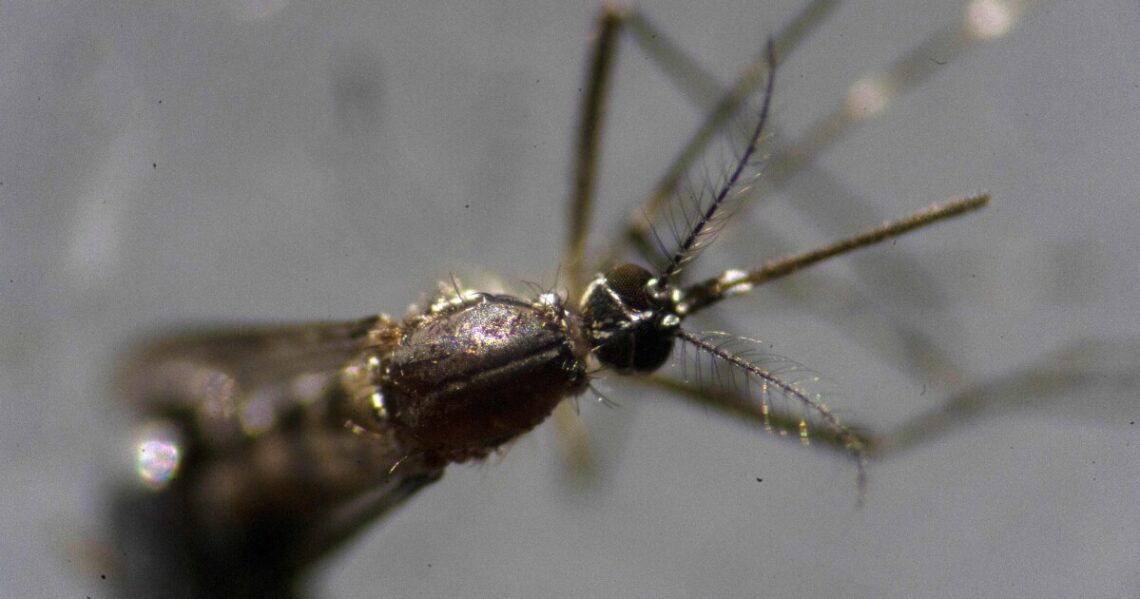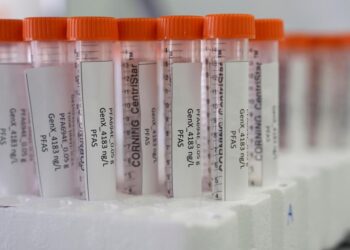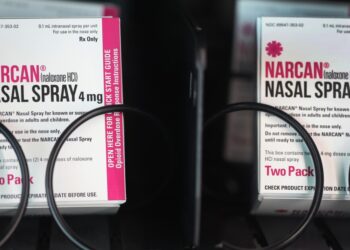Grab bug spray because you’re going to need it.
The Centers for Disease Control and Prevention are warning doctors to be on guard for malaria after at least five locally acquired cases were identified in Florida and Texas.
Homegrown malaria isn’t the only concern. European health officials announced an uptick in locally acquired cases of dengue, which is also surging in Central and South America, as well as in many parts of Africa, Asia and the Pacific Islands.
“We also recommend that travelers use mosquito repellent for up to three weeks after returning,” said Dr. Aiman Halai, vector-borne disease expert with Public Health.
The U.S. eliminated malaria in the early 1950s, but the mosquito that can transmit it lives in California.
“We don’t have these viruses circulating in Los Angeles County, but we do have the mosquito that is capable of transmitting these viruses. And so we want to reduce the risk of introducing these viruses into our local environment,” Halai said.
It’s also worth wearing insect repellent locally, now that West Nile positive mosquitoes have been found in L.A. County. Climate change and increasing connections worldwide are likely the main drivers of rising disease threats.
What should I look for in insect repellant?
-
According to the CDC:
For hours of long-lasting protection, look for insect repellents with the following active ingredients:- DEET
- IR3535
- Oil of lemon eucalyptus (OLE)*
- Picaridin (KBR 3023)
Some brand names of repellents include:
- DEET products: Off!, Cutter, Sawyer, Ultrathon.
- IR3535 products: Skin So Soft Bug Guard Plus Expedition, SkinSmart.
- OLE products: Repel, Off! Botanicals.
- Picaridin products…
Read the full article here







